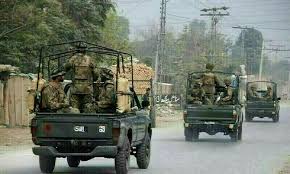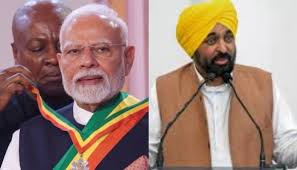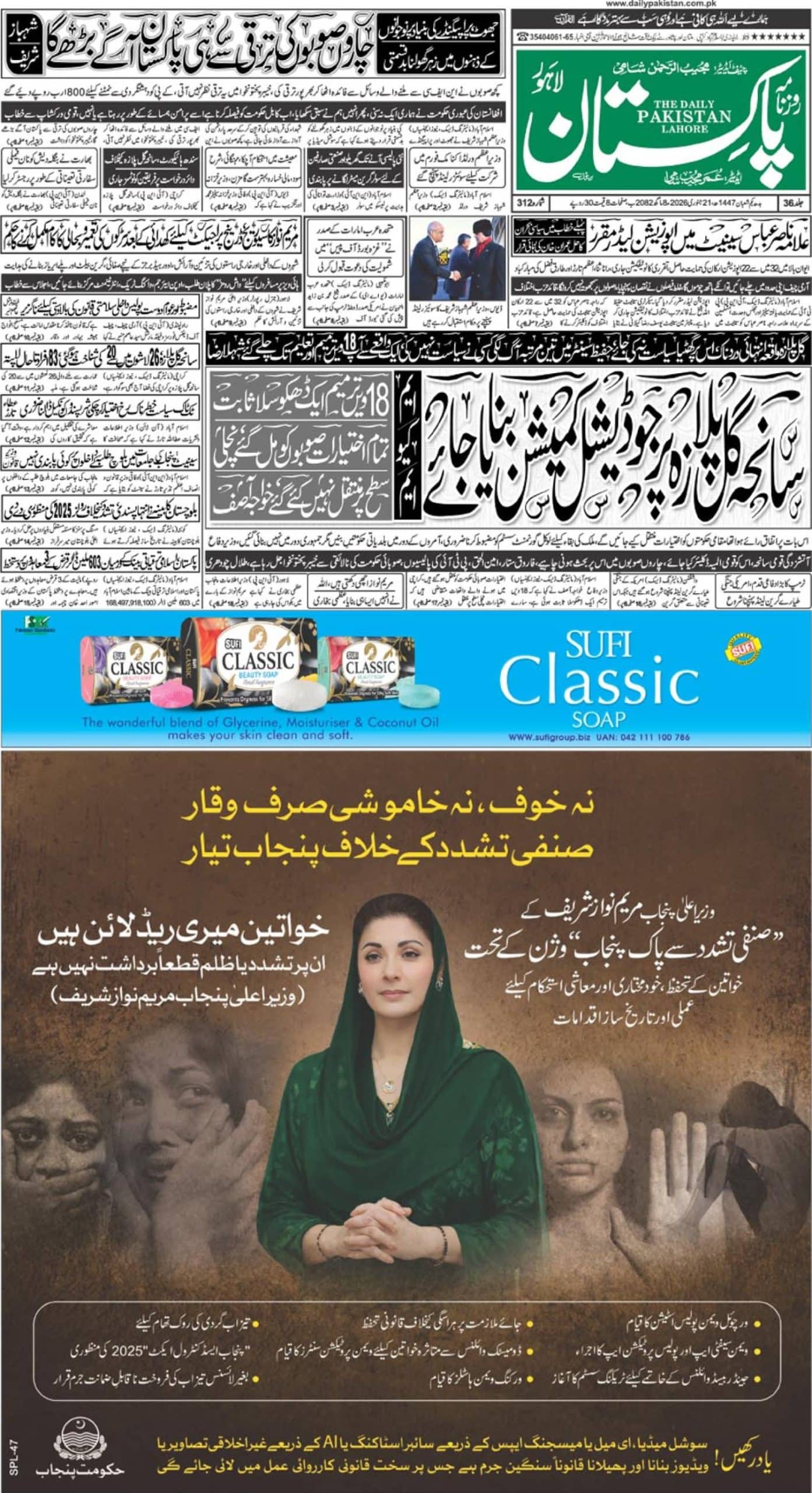While much has been written and said about the federal budget of Pakistan for the financial year 2017-18 since its unfolding late last month, including an earlier piece by this writer for Daily Pakistan Global, there are several small (less-focused) yet significant aspects of the budget that need to be highlighted.
The budget for the coming fiscal year has the following highlights:
- The total outlay of the budget is Rs. 5103.8 billion, 4.3% higher than the size of the budget for 2016-17
- Net revenue receipts are estimated at Rs. 2926 billion, an increase of 5.3% over the budget estimates for 2016-17. Provincial share in federal taxes is estimated at 2348.2 billion, an increase of 11.6% over the outgoing year.
- Out of the overall expenditure of Rs. 5103.8 bn., Rs. 3763.7 bn. (73.7 %) is current expenditure while development expenditure is Rs. 1340.1 bn. (26.3 %).
- Total federal Public Sector Development Program (PSDP) is for the first time crossing the limit of one trillion rupees, at Rs. 1001 billion, as against the expenditure of Rs. 715 bn. (revised estimates as against an allocation of Rs. 800 bn. ) in the outgoing fiscal year
- New Bank Borrowing is estimated at Rs. 390 bn. while external resources are targeted at Rs. 837.8 bn.
https://en.dailypakistan.com.pk/opinion/the-campaign-budget-federal-budget-2017-18-does-little-to-tackle-real-economic-challenges/
Much of the growth registered in the past couple of years including in the outgoing year is in the services sector. It is nothing unusual for a developing economy, but at the same time, for an economy like Pakistan’s being primarily agrarian, the budget brings forth little meaningful measures for all-important agriculture sector except for continuing with PM’s Agricultural Package – the exact impact of which is yet to be known – and focus on increasing agri-credit. In the industrial sector, the focus remains primarily on few select industries such as textiles, which is by no means enough and responsive to the changing circumstances where SMEs require an enhanced attention.
Although less than the due increase in defence budget (7% only) has been highlighted, another important point regarding the defence budget is that the revised estimates for the outgoing fiscal year are some 20 bn. less than the budget estimates (Rs. 841 bn. are the revised estimates).
Mobile phones, beyond doubt, are an import source of personal and commercial connectivity in today’s world. in view of this, it is good to note that WHT on mobile calls and excise duty on import of mobile phones has been reduced. But at the same time, it is important to note that the use of mobile phones is linked with the promotion of certain lifestyles – especially the nighttime packages. Any decision in this regard should come in view of considering overall social and moral values system, and packages that discourage unhealthy lifestyles should be discouraged through taxes/duties. Taxes on actual airtime can handle this issue.
Islamic Finance has become a subject to play with for the incumbent government. The announcement to tax financial products of Islamic banks at par with conventional banks is welcome, as previously the Islamic banks were rather disadvantaged being faced with double taxation in some cases. However, if the objective is to encourage Islamic banking in the country – it will be served better with providing Islamic finance products incentives which are higher than the already established commercial financial industry.
https://en.dailypakistan.com.pk/opinion/pre-budget-scenario-the-health-of-pakistans-national-economy-and-expectations-from-budget-2017-18/
The tobacco use, in fact, gets a booster? Certain public interest groups working in the field of health have raised apprehensions that taxation measures are actually decreasing the prices of cigarettes, instead of increasing that same. It means an increase in tobacco use, which is quite in contrast to the prevailing global practices, where tobacco use is continuously discouraged with consistent raise in taxes.
Relief measures seem to be becoming a real tool of politicking in the hand of the rulers! The principal measure of relief remains to be the Benazir Income Support Program (BISP), with the total allocation going up to Rs. 121 billion and number of beneficiaries increasing to 5.5 million. There is no denying the fact that direct cash grants, no matter how small, do help to an extent. Nonetheless, as has been repeatedly highlighted by concerned quarters that the program, despite its short-term benefits, is becoming a source of increasing dependencies instead of building or facilitating sustainable livelihoods as its main deliverance. Continuing with this approach serves only one purpose, i.e., winning sympathies, and votes, of the downtrodden in the election year. The political grounds of distribution of these doll-outs are well established.
The increase in salaries and pensions is welcome. Awarding the personnel and officers of armed forces with the double increase in salaries (10 percent as per increase for all the federal employees and 10 percent special allowance for Zarb-e Azb), though warranted due to the peculiar role and sacrifices of the military, smacks of discrimination and considering that Zarb-e Azb has now given way to Radd-ul Fassad and it too raises concerns coming right in the last year of tenure of the incumbent government, before the next general elections. The increase of the minimum wage to Rs. 15,000 per month is at one hand too meagre considering the inflation of daily-use items, and there is no visible mechanism ensuring its implementation on the ground.
As to the macro-targets set in the budget, many of these are overly optimistic. Yes, achieving the GDP growth of 6% is possible considering the increased development spending, allocations for CPEC related projects and FDI coming from China. However, taking the investments to 17% of GDP and increasing the tax-to-GDP ratio to 13.1 % seem to be difficult, without any particular incentives for increasing the savings (prerequisites for investments) and with visibly no out-of-the-box effective approach to broaden the tax base. Keeping the budget deficit at 4.1% and inflation under 6% in the wake of increased expenditures on all counts would be an uphill task.
In a nutshell, what has been unfolded in the name of budget 2017-18 remains very much in the ‘more of the same’ category. There seems to be little real thought and effort in the matter. The only case where creativity is visible is that of playing with the numbers and facts.














